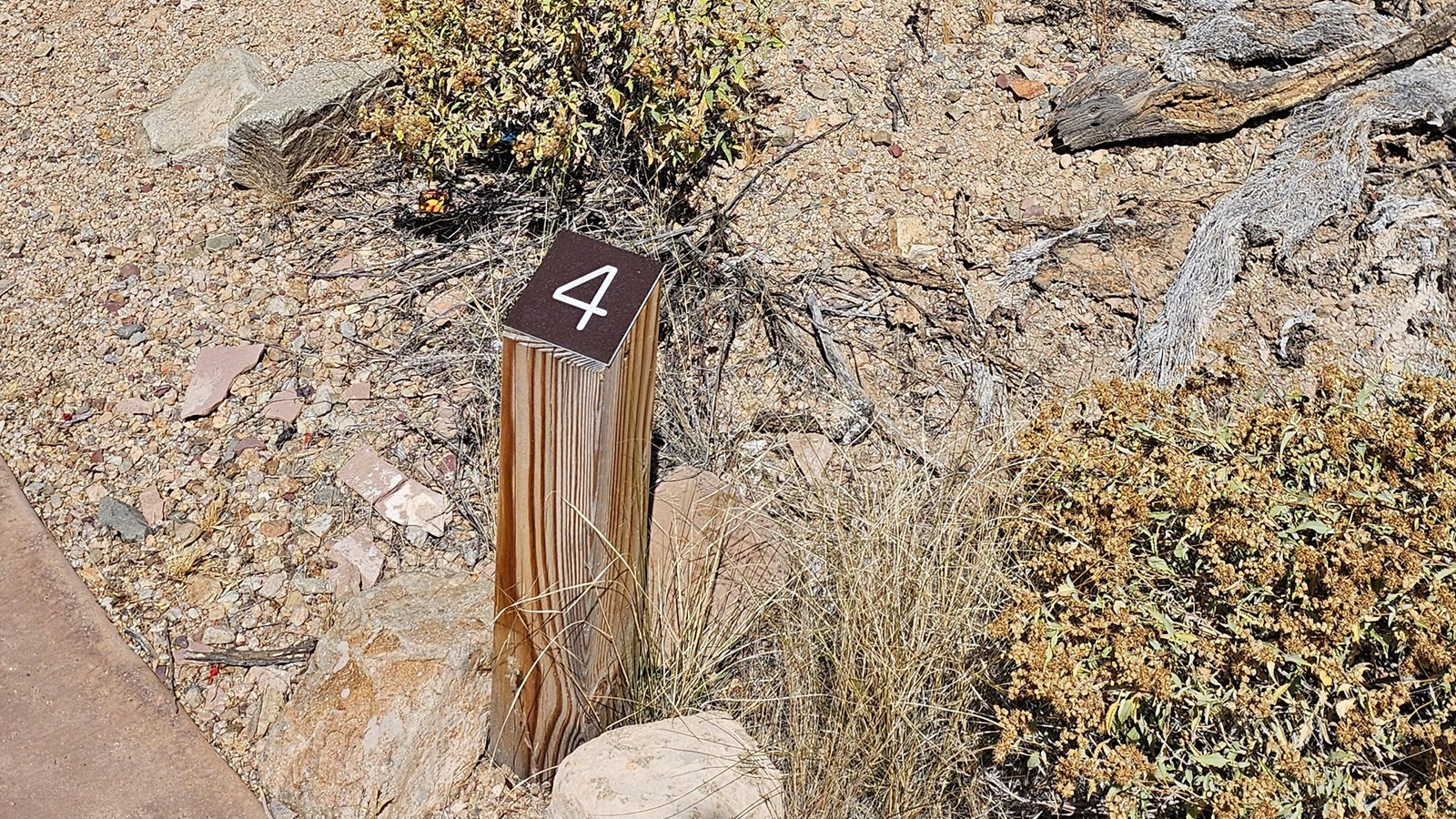Last updated: May 21, 2024
Place
Signs of Life, Self-Guided Tour Stop 4

NPS
Quick Facts
Location:
32.25444095312006, -111.19766313359756
Significance:
Tour stop
Designation:
NPS
Stop 4: Signs of Life in a Prickly Pear Cactus
Look around this corner carefully and you may see several signs of life. Do you see where the edges of the prickly pear pads have been nibbled? The prickly pear pads were probably eaten by packrats, although rabbits or other rodents will munch on the moisture-filled stems as well.Are there spider webs between the pads? Are there any holes in the ground around the base of the cactus or around the nearby shrubs? The leafy retreat of the desert shrub spider looks like a small, thin cocoon strung up by strands of web. The tiny spider itself is seldom visible by day. The other inhabitants might be kangaroo rats and pocket mice, two desert rodents that are neither rats nor mice, but belong to their own family. These creatures are the ultimate desert animal—they can go their whole lives without ever drinking water and instead subsist on the dry seeds of grasses and shrubs!
Look around this corner carefully and you may see several signs of life. Do you see where the edges of the prickly pear pads have been nibbled? The prickly pear pads were probably eaten by packrats, although rabbits or other rodents will munch on the moisture-filled stems as well.Are there spider webs between the pads? Are there any holes in the ground around the base of the cactus or around the nearby shrubs? The leafy retreat of the desert shrub spider looks like a small, thin cocoon strung up by strands of web. The tiny spider itself is seldom visible by day. The other inhabitants might be kangaroo rats and pocket mice, two desert rodents that are neither rats nor mice, but belong to their own family. These creatures are the ultimate desert animal—they can go their whole lives without ever drinking water and instead subsist on the dry seeds of grasses and shrubs!
